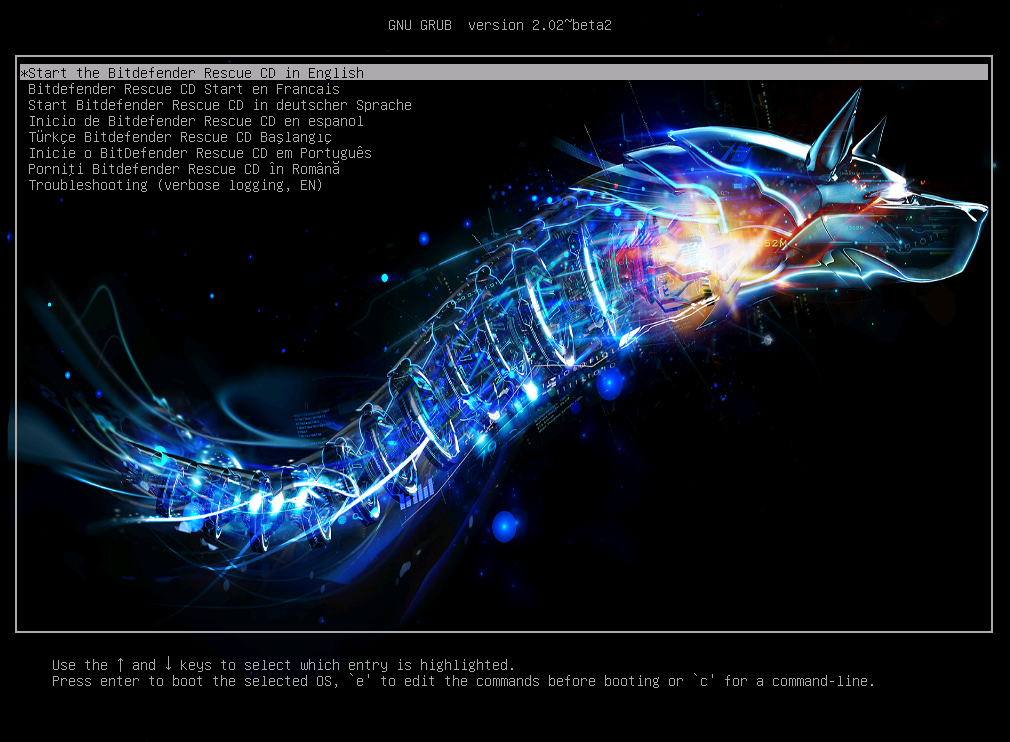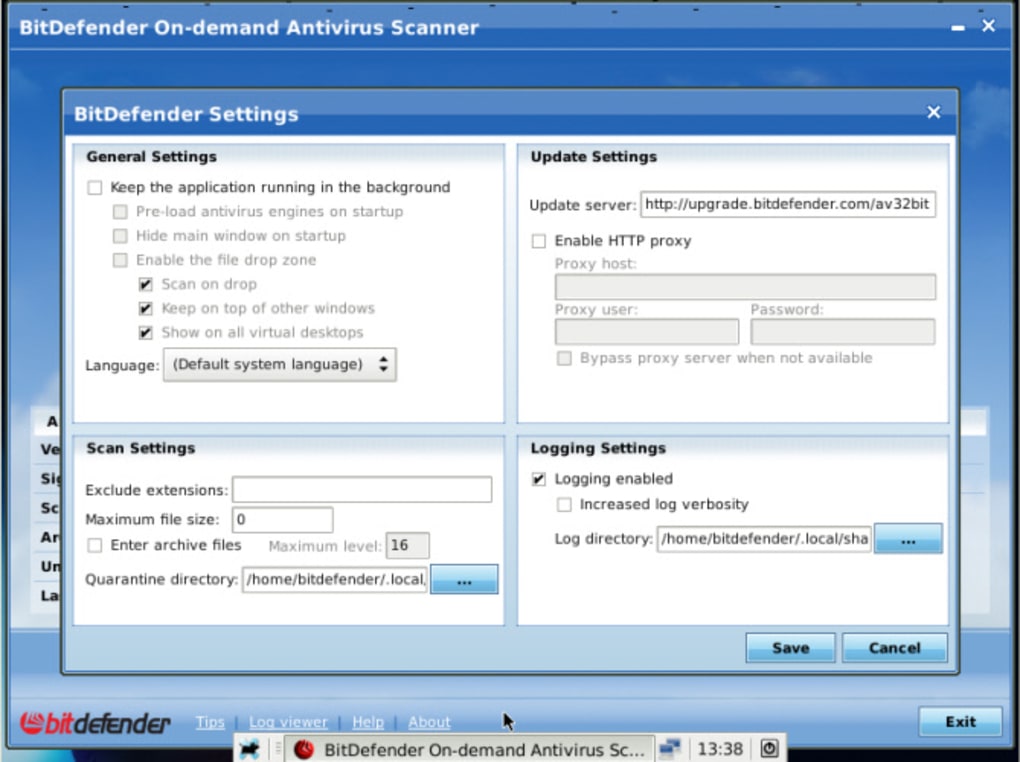

Right-Click on the Desktop, Applications - Settings - Session and Startup - General - Automatically save session on logout.įor the BitDefenderRescueCD_v2.0.0_5_10_2010.isoĮxtract the \boot and \rescue folders to the root of the USB drive and use this menu BitDefender Rescue CD functions without installing the actual operating system onto your PC and is thus able to be installed directly onto a USB flash drive or CD. If you want the updates to be persistent, create an Ext2 filesystem using the RMPrepUSB 'Create Ext2 FS' button called \casper-rw.ĭon't forget to enable the save session option in Bitdefender. BitDefender Rescue CD is an excellent free tool which normally cleans and scans your computer when you think there is a possible malware threat. When BitDefender boots it will start to download the latest updates automatically. Note: Emulators or virtual machines may not work but a real system should work. Restart your computer and boot from the USB drive to test it. You should now have just three files on your USB drive - menu.lst, grldr and the iso file.Ħ. Kernel /casper/vmlinuz boot=casper persistent noprompt iso-scan/filename=/bitdefender-rescue-cd.iso vga=ask Title BitDefender Rescue CD 2010 (select vga mode)\nSelect if the previous option displays a black screen and no GUI

Kernel /casper/vmlinuz boot=casper persistent noprompt iso-scan/filename=/bitdefender-rescue-cd.iso Use Notepad to create a menu.lst file on the USB drive as below Copy over the ISO file you downloaded in step 1 to the USB driveĥ.
#Bitdefender rescue cd install
Now click on Install grub4dos and answer No to use MBR question and OK to copy of grldr fileĤ. Insert your USB stick (1GB or larger) into your Windows PC and run RMPrepUSBģ. Download BitDefender Rescue CD ISO file (bitdefender-rescue-cd.iso) from here (388MB) - this was the one I tested (388,820Kb 18th Jan 2012).Ī new (2012) version which was modified to fix a licence expiration issue can be found here. It only works with 2012 or previous versions of the ISO.ġ. This tutorial was inspired by Jamal's tutorial at

BitDefender booted directly from a USB pen using the QEMU button in RMPrepUSB


 0 kommentar(er)
0 kommentar(er)
